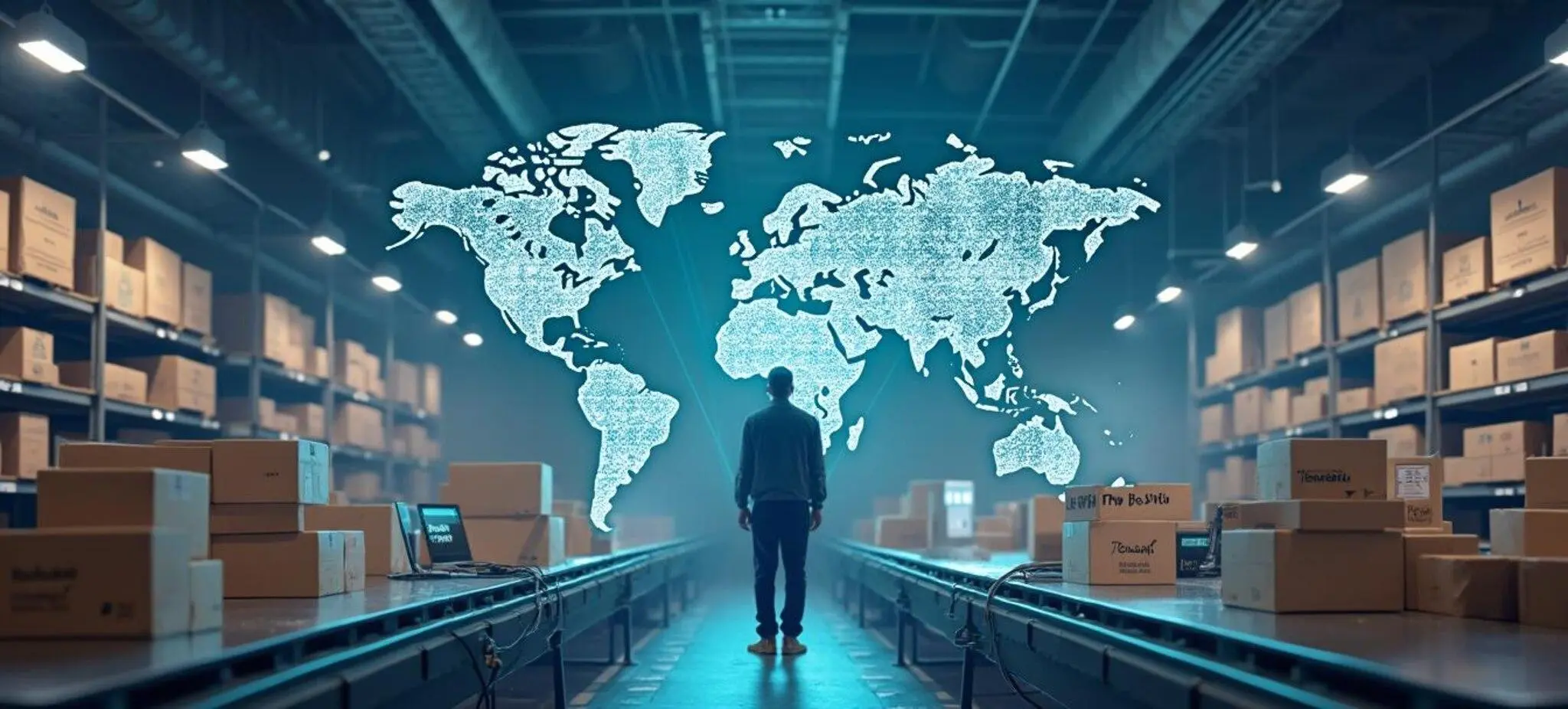As an entrepreneur operating in the e-commerce sector, you are undoubtedly striving to optimize your sales processes and maximize profits. However, the key to success lies not only in attracting the customer, but also in providing them with a smooth and satisfying shopping experience – from browsing the offer to finalizing the transaction. In this context, the Point of Sale (POS) system has gained significant importance. But what exactly is it?
Table of Contents
- Point of Sale system – what is it and how has it evolved?
- From point of sale to point of service – the new role of POS
- How does an integrated POS system impact online orders?
- Security and payment methods in POS systems
- Why invest in a modern POS system?
- Summary
Key information:
- POS evolution: POS systems have shifted from traditional sales points into integrated management hubs, connecting sales, customer service, and business operations,
- from sales to service: a modern POS is a Point of Service, focused on offer personalization and creating positive customer experiences,
- channel integration (Omnichannel): a key advantage is the merging of online and in-store sales data, providing a full view of customer behavior and preferences,
- business benefits: integrated POS enables logistics optimization (e.g., click & collect), marketing personalization, increased sales, and loyalty building,
- security and payments: systems ensure secure transactions (encryption, PCI DSS) and integrate with payment providers, offering a wide range of methods (BLIK, cards, deferred payments).
Point of Sale system – what is it and how has it evolved?
The POS (Point of Sale) system, or point of sale, is much more than just a cash register or payment terminal. Traditionally, the term referred to the physical location where a customer made payments for goods. However, with technological advancements—from the introduction of barcodes in the 1970s, through graphic interfaces in the 1980s, to the era of online commerce—POS systems have undergone a tremendous transformation.
Today, a modern POS system for a store is a technologically advanced hub that integrates sales, customer service, promotional activities, and operational processes.
Thanks to cloud and mobile technologies, the point of sale is no longer tied to a single location. Transactions can be carried out on tablets, at self-service kiosks, or directly through your online store.
In the e-commerce context, the POS system plays a key role in the final transaction process, redirecting the customer to a secure payment space and offering solutions just as effective as those in physical retail.
Also check out other payment methods from Przelewy24
From point of sale to point of service – the new role of POS
In the face of growing consumer expectations, with instant access to an unlimited number of offers, the modern POS has evolved from a transaction-accounting system into a Point of Service. Its goal is not only to complete the transaction but above all to deliver a personalized and satisfying experience that encourages the customer to return.
What does that look like in practice? Imagine a situation where a customer in your brick-and-mortar store doesn’t find the product in the desired size. This situation is still salvageable. A store assistant with a tablet and real-time POS access can check the item’s availability in a central warehouse or another store. Then, they can order home delivery for the customer. The system, having access to the customer’s purchase history and previously viewed online products, can additionally suggest a personalized offer or discount, increasing the cart value.
How does an integrated POS system impact online orders?
The greatest strength of modern POS systems is their ability to connect front-end sales channels (brick-and-mortar, e-commerce) with back-end operations (inventory, logistics, finance). This integration brings measurable benefits to your business, especially if you operate in an omnichannel model.
By unifying systems, you gain a complete, 360-degree view of customer behavior. Whether the customer shops online or in-store, all data about their preferences, transaction history, and abandoned carts converges in one place. This enables the creation of highly personalized marketing campaigns, loyalty programs, and offers that realistically increase sales and build long-term customer relationships.
POS integration with order and inventory management systems allows you to offer flexible delivery options, such as click & collect (buy online, pick up in store) or returning an online purchase at a physical location. Real-time inventory access prevents selling products you don’t have in stock, significantly improving customer experience and reducing operational costs.
Discover the benefits of payment solutions from Przelewy24
Security and payment methods in POS systems
A modern POS system also guarantees secure transactions, which is a top priority in e-commerce. Advanced solutions use data encryption (e.g., SSL certificates) and two-factor authentication to protect your customers’ sensitive financial information.
Moreover, these systems are equipped with algorithms that analyze transactions in real time for potential fraud, and compliance with standards such as PCI DSS prevents penalties and builds customer trust.
Integration with a payment provider like Przelewy24 allows you to offer a wide range of payment methods within a single POS system, such as:
- BLIK,
- cards,
- e-wallets,
- deferred payments.
As a result, every customer finds their preferred payment method, directly reducing the number of abandoned carts.
Why invest in a modern POS system?
Implementing an integrated POS system is a key decision that can elevate your business to the next level. It’s no longer just a payment tool, but a comprehensive solution that enables offer personalization, logistics optimization, and consistent customer experience across all sales channels.
By choosing the right system and integrating it with reliable payment solutions, you gain a powerful tool to increase conversion, improve margins, and build customer loyalty in a competitive e-commerce world.
Summary
POS (Point of Sale) systems have evolved from simple registers into technologically advanced business management hubs. A modern POS system integrates in-store and online sales, marketing activities, and operational processes such as inventory and logistics management. Thanks to cloud technology, POS has transformed from a Point of Sale into a Point of Service, aimed at delivering personalized experiences.
Frequently Asked Questions (FAQ)
How does a modern POS system differ from a traditional cash register?
A modern POS system is much more than a register. While a traditional register mainly records sales, a modern POS is an integrated management hub that connects in-store and online sales, manages inventory in real time, supports loyalty programs, and analyzes customer data. It is a tool for optimizing the entire business, not just processing payments.
How does an integrated POS assist in customer service in a physical store?
With real-time data access, a staff member can immediately check a product’s availability at another store or in the central warehouse if it’s unavailable locally. They can also see the customer’s purchase history and propose a personalized discount or product, turning a potentially lost sale into a positive experience and building loyalty.
Is the POS system only important for companies with both physical and online stores?
No, a POS system is also crucial in purely e-commerce businesses. In this context, it acts as a secure transaction finalization hub, integrating various payment methods (BLIK, cards, e-wallets), managing orders, and ensuring the security of customer financial data through encryption and anti-fraud systems.



